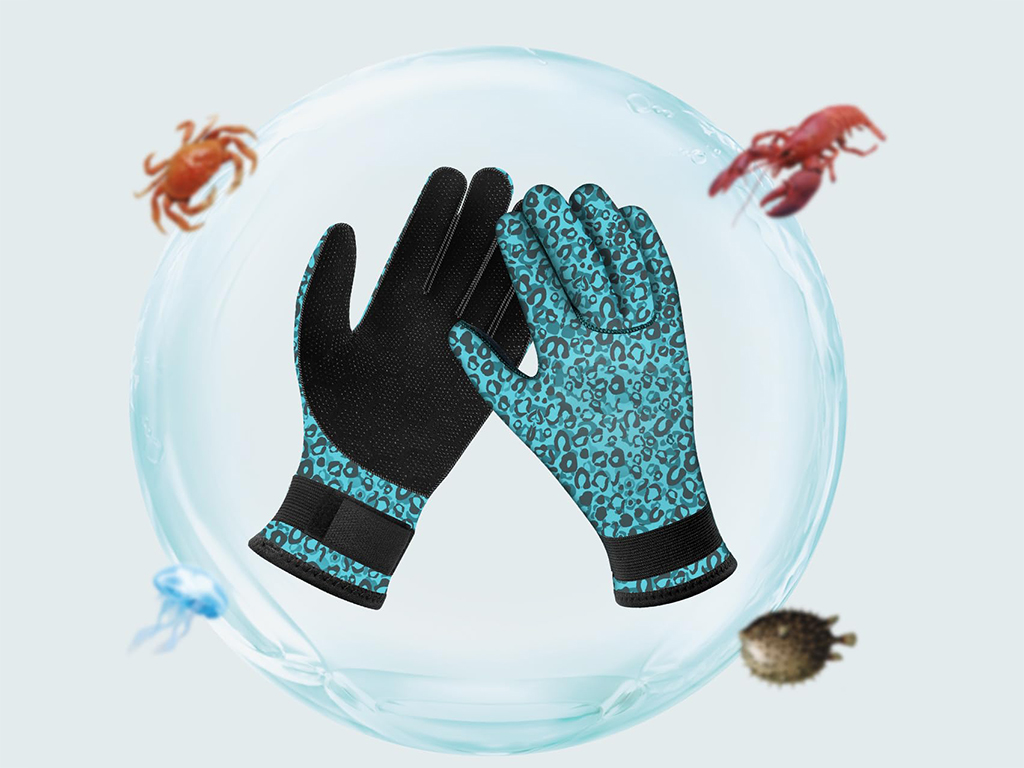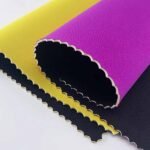When it comes to keeping your hands warm in cold, wet conditions, neoprene gloves have gained popularity in many outdoor activities. Whether you’re fishing in chilly waters, engaging in water sports, or working in harsh environments, neoprene gloves offer a unique solution to protecting your hands from the cold. In this article, we will explore how neoprene gloves work, their insulating properties, and whether they are truly effective at keeping your hands warm.
Neoprene gloves are made from a synthetic rubber that is both durable and insulating. The material traps heat and helps maintain warmth, making them an ideal choice for cold-weather activities, especially when combined with their flexibility and waterproof features.
Before diving into their warmth and effectiveness, let’s first understand what neoprene gloves are made of and why they are used in such a wide range of industries.
What Are Neoprene Gloves?
Neoprene gloves are protective gloves made from neoprene, a synthetic rubber that is highly flexible, durable, and resistant to water. Known for its insulating properties, neoprene is widely used in wetsuits, gloves, and other gear designed for cold-water activities. Neoprene gloves are commonly used in industries such as fishing, boating, diving, and even construction, where water or cold temperatures are a concern.
Neoprene gloves are crafted from a material that combines elasticity with the ability to trap air within its structure, which helps to maintain warmth. They are popular for use in cold-water sports and tasks where hand protection is necessary.
-
What makes neoprene gloves ideal for cold-water activities?
Neoprene‘s closed-cell structure traps small pockets of air, which acts as an insulator to keep warmth inside the glove, even when exposed to cold water or air. This feature helps to maintain a comfortable temperature for your hands, making neoprene gloves highly effective in wet and cold environments. -
How are neoprene gloves constructed for comfort and performance?
Neoprene gloves are designed to be form-fitting, offering excellent flexibility and dexterity. Whether you are handling fishing gear, paddling, or performing other tasks, the gloves mold to your hands for a snug, comfortable fit without compromising on movement.
What is the Warmest Material for Gloves?
When it comes to keeping your hands warm, the material of the gloves plays a crucial role. While neoprene offers excellent insulation, it’s important to consider how it compares to other popular glove materials in terms of warmth.
The warmest glove materials are typically those that trap the most air and are naturally insulating. Wool, for example, is known for its heat retention, while fleece and Thinsulate are also top choices. However, neoprene stands out in its ability to maintain warmth in wet environments, making it ideal for activities in cold water or during heavy rain.
-
How does neoprene compare to wool and fleece?
While wool and fleece are excellent at retaining warmth in dry conditions, they lose their insulating properties when wet. Neoprene, on the other hand, retains its insulation even when exposed to water, making it a superior choice for wet environments, especially in water sports or activities like fishing. -
Are there other materials used for water-resistant gloves?
In addition to neoprene, gloves made from materials such as Gore-Tex or rubber can offer good protection against cold weather. However, neoprene’s unique combination of water resistance, elasticity, and warmth makes it one of the most effective materials for cold, wet conditions.
When Should Neoprene Gloves Be Used?
Neoprene gloves are designed to be used in a variety of situations, particularly when you need protection from the cold and water. Whether you’re working outdoors, engaging in a water sport, or performing tasks that involve handling cold items, neoprene gloves offer a versatile solution.
Neoprene gloves are ideal for activities like fishing, boating, diving, kayaking, and other outdoor sports in cold or wet environments. They are also commonly used in industrial settings where workers are exposed to cold temperatures or wet conditions.
-
What activities benefit the most from neoprene gloves?
Neoprene gloves are widely used in water sports such as kayaking, paddleboarding, and scuba diving. They are also popular among anglers who spend long hours in cold, wet conditions. In industrial settings, neoprene gloves offer protection for workers in cold storage, construction, or other outdoor jobs. -
Can neoprene gloves be used in other environments?
While neoprene gloves excel in cold and wet environments, they are also highly effective in moderate temperatures, providing protection from abrasions and minor cuts. Some models are even designed with extra padding for added protection.
Will Neoprene Gloves Keep Your Hands Warm?
One of the most important factors to consider when choosing neoprene gloves is their ability to keep your hands warm. The effectiveness of neoprene gloves at retaining warmth depends on several factors, including the thickness of the material, the fit, and the type of activity.
Neoprene gloves are generally effective at keeping your hands warm in cold water and cold air. The material traps heat within small air pockets, which acts as insulation. However, their effectiveness depends on the thickness of the neoprene and the conditions in which they are used.
-
How thick should neoprene gloves be for optimal warmth?
Neoprene gloves typically come in thicknesses ranging from 1mm to 7mm. Thicker gloves provide more insulation and are ideal for colder environments. For example, 5mm or 7mm gloves are suitable for cold-water diving or fishing in freezing temperatures, while thinner gloves are better for warmer conditions or tasks that require more dexterity. -
Can neoprene gloves provide warmth in extreme conditions?
In extreme cold, such as ice fishing or diving in very cold water, neoprene gloves can still provide adequate warmth, especially when combined with a thicker layer. For more intense cold conditions, neoprene gloves may need to be supplemented with other protective layers.
What Are the Benefits of Neoprene Gloves?
Neoprene gloves offer a wide range of benefits beyond just warmth. They are versatile, durable, and provide excellent protection for your hands in wet and cold environments. Let’s explore some of the key advantages of wearing neoprene gloves.
In addition to warmth, neoprene gloves provide flexibility, water resistance, and protection from abrasions. They are also known for their durability, making them an excellent long-term investment for people who regularly work or participate in water-based activities.
-
How do neoprene gloves improve performance in water activities?
Neoprene gloves allow for full flexibility, meaning you can move your fingers and hands easily, even when they are wet. This is essential for activities like fishing, kayaking, and scuba diving, where dexterity is important. Neoprene also provides a secure, comfortable fit, which prevents gloves from slipping or becoming cumbersome during use. -
Do neoprene gloves provide extra protection?
Neoprene gloves are highly resistant to abrasions, cuts, and tears, making them an excellent choice for environments where your hands might come into contact with rough surfaces or sharp objects. Additionally, they offer UV protection, which is important for long hours spent outdoors.
Conclusion
Neoprene gloves are a fantastic choice for anyone looking to keep their hands warm in cold or wet environments. The material’s insulating properties, flexibility, and water resistance make them ideal for a variety of activities, from fishing to diving to industrial work. With proper care and the right thickness, neoprene gloves can provide the warmth and protection you need to stay comfortable and safe in cold conditions. Whether you’re working, playing, or exploring the great outdoors, neoprene gloves are a reliable solution for keeping your hands warm and protected.
If you’re interested in learning more about custom neoprene gloves or are looking for a reliable supplier for your brand, feel free to contact us. Our experienced team can create high-quality, custom-designed neoprene gloves to meet your specific needs.











